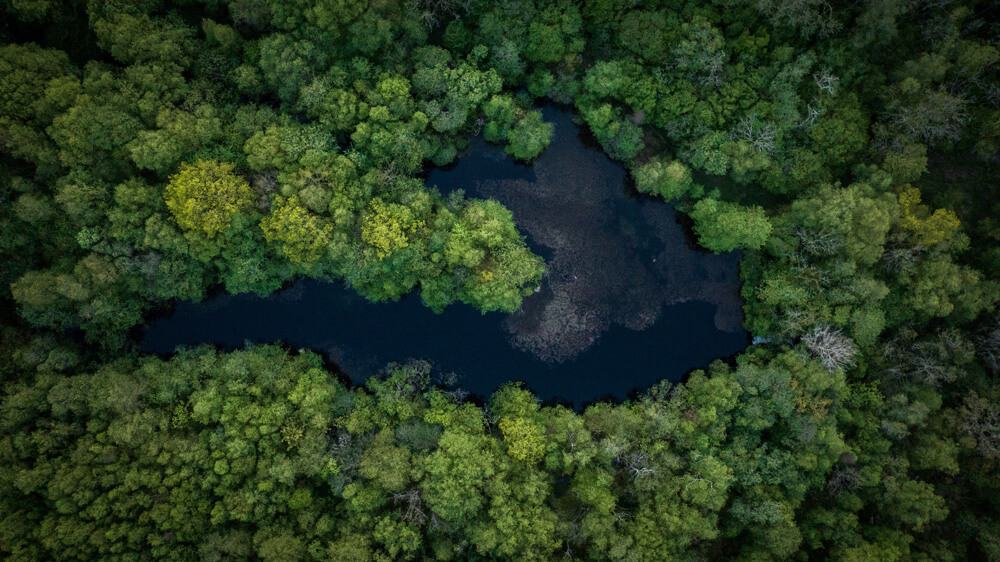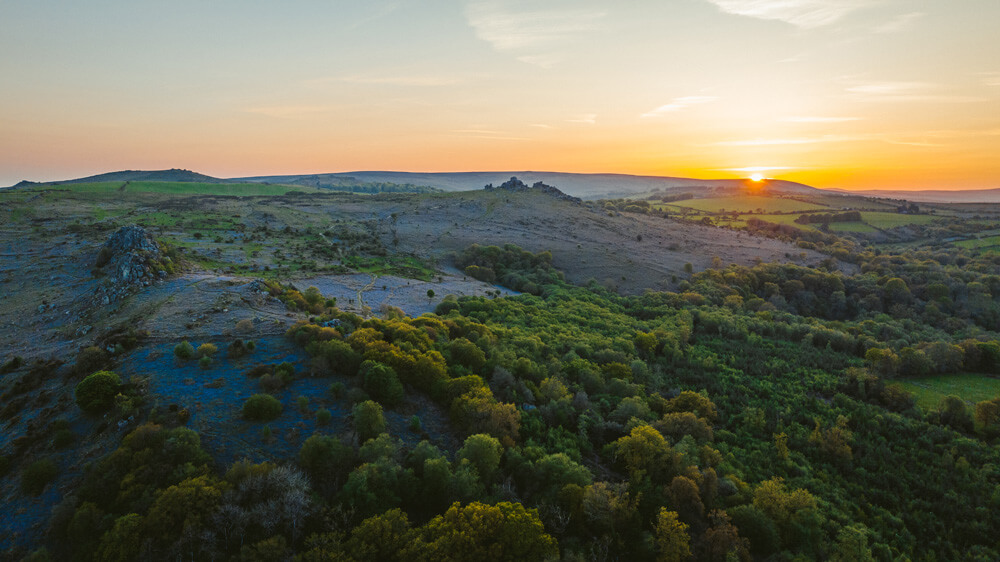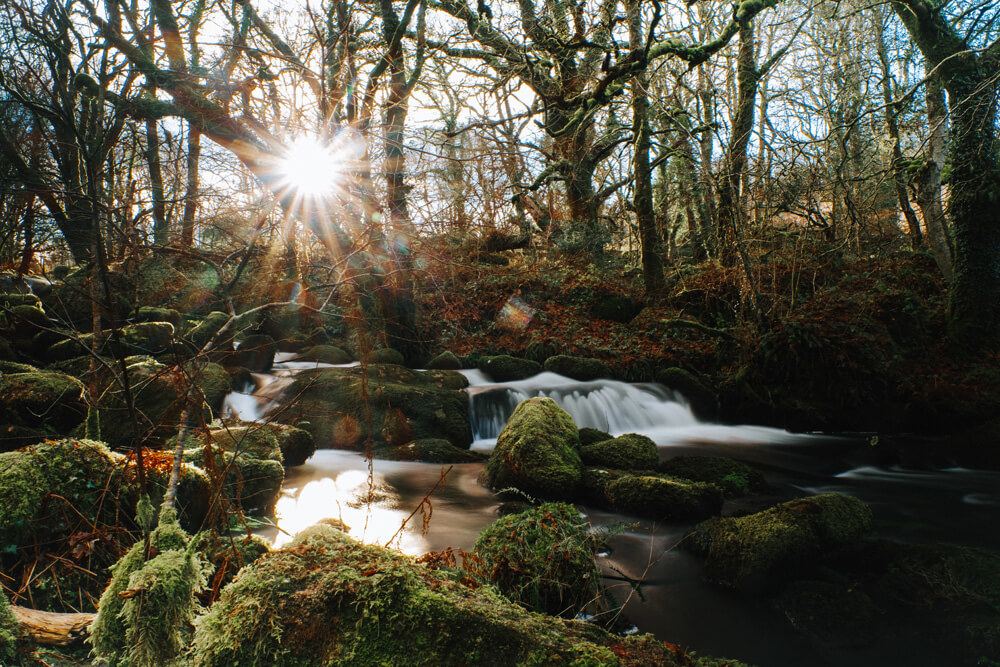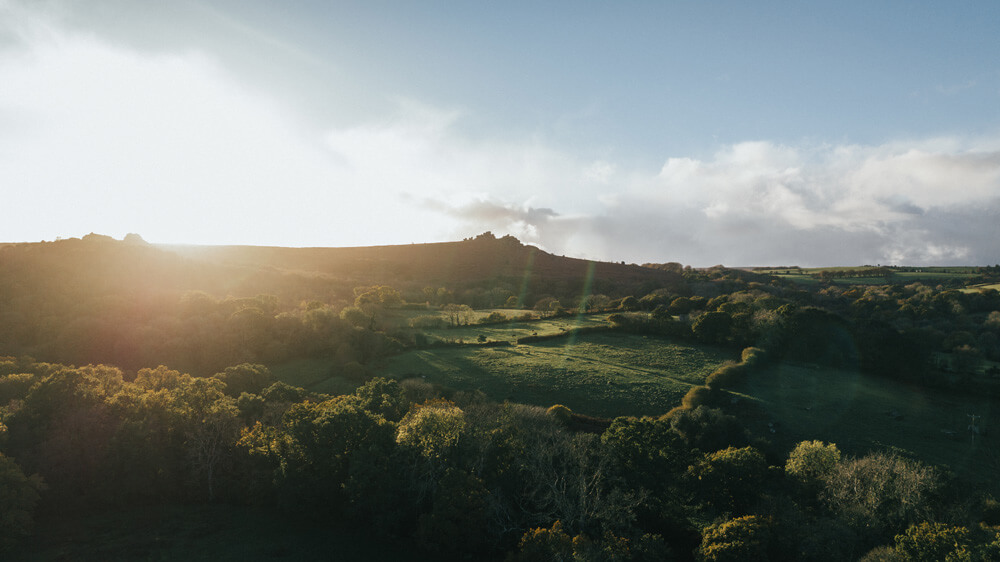Exclusive contribution from Dr. Rich Stockdale for The Executive Magazine
Nature is no longer a passive backdrop to economic activity but is becoming one of the most valuable asset classes on Earth.

The shift is already underway. Capital is flowing into nature-based solutions at an unprecedented speed – not just to offset carbon, but to invest in the foundational systems that sustain life and the economy. Investors are beginning to recognise that biodiversity, water, soil, and ecosystems aren’t peripheral concerns but are the essential infrastructure of a resilient, future-facing economy. Nature is moving from the margins to the mainstream of global finance.
Interlinked Systemic Risks
Climate change and biodiversity loss are not just parallel challenges; they are mutually reinforcing global crises. Attempting to solve one while neglecting the other undermines the integrity of environmental systems and creates compounding vulnerabilities across economic and societal infrastructures.

Siloing climate and biodiversity leads only to fragmented strategies that miss the full scope of interdependencies. As climate impacts accelerate, through extreme weather events, sea-level rise, and shifting ecological zones, the degradation of biodiversity reduces nature’s capacity to respond, adapt, and regenerate. Without robust biodiversity, climate mitigation and adaptation efforts begin to fail.
At Oxygen Conservation, our entire approach to land management is built on that premise: that environmental improvement encompasses carbon sequestration, habitat creation, ecological restoration, renewable energy production, regenerative agriculture, sustainable built infrastructure, and community engagement. We don’t optimise for a single metric. We strive to enhance the whole landscape, delivering positive environmental and social outcomes and delivering profit as a result, not the purpose.
Lessons from Carbon Markets
The development of carbon markets offers a useful—if imperfect—blueprint for how environmental goods such as natural capital products and services can be priced, traded, and integrated into financial systems. By assigning a monetary value to emissions reductions and removals, these markets have helped internalise the cost of carbon, mobilise private investment, and raise climate risk awareness across corporate governance.

At Oxygen Conservation, we believe the voluntary carbon market is now entering a crucial new phase defined by integrity, transparency, and tangible impact. That’s why we’ve entered into a landmark partnership valued at up to £1,000,000 GBP with leading independent UK law firm Burges Salmon. As part of the agreement, Burges Salmon will be the exclusive buyer of up to 8,000 premium-quality, UK-based carbon credits, which will be provided at £125 per tonne. This partnership is not just a transaction, but a statement of what carbon finance should be.
Furthering the charitable objectives of Dixon Foundation, the owner of the Leighon Estate, the funding directly supports one of our most ambitious nature restoration projects. Here, the partnership is supporting the regeneration of habitats, the restoration of species and strengthening long-term ecosystem health. It’s a clear example of how premium carbon credits can act as direct investments in biodiversity, bridging the gap between climate action and ecological recovery.
The trajectory of the carbon market shows that environmental value can be codified, monetised, and scaled. The Stockdale-Winter Carbon Curve 2025 projects a premium price of £150 per tonne by 2030. Meanwhile, the 2025 EM Report notes that cumulative traded value in the voluntary carbon market reached $11.3 billion in 2024, with forecasts as high as $50 billion by 2030. This flow of capital is already transforming the landscape, funding restoration at scale and accelerating technologies that once seemed out of reach.
Momentum in the Market: Institutional and Corporate Leadership
Major institutional players are already making bold moves that signal the mainstreaming of natural capital considerations. BlackRock and Blackstone have both begun integrating biodiversity and natural capital risk into their portfolio assessments, acknowledging the long-term material impacts of ecosystem decline. Meanwhile, Norges Bank Investment Management—the world’s largest sovereign wealth fund— has quietly acknowledged that nearly every dollar under its management is exposed to the single greatest repricing event in financial history – natural capital.

On the corporate front, Microsoft has recently set a historic precedent by purchasing more voluntary carbon credits in three months than ever recorded before. This surge reflects a growing appetite among leading companies to proactively invest in high-integrity, nature-based solutions.
These actions underscore a vital trend: the institutions and corporates that shape global capital flows are beginning to see nature not as charity, but as capital.
They’re not waiting for perfect regulation – they’re building the market alongside the incredible companies working in the natural capital sector.
Conclusion: The UK as a Global Leader in Natural Capital Markets
The United Kingdom holds a unique position in the global movement to develop natural capital markets. With a mature carbon market, pioneering biodiversity regulation, and a vibrant landscape of institutional innovation, the UK is well-placed to lead this transformation. If done well, the frameworks being pioneered in the UK could serve as blueprints for global markets, exporting not just regulation, but a new economic model where restoring nature generates real value.

Organisations like Credit Nature, Rebalance Earth, Restore, Nattergal and Oxygen Conservation are redefining what it means to invest in nature. They are professionalising the sector, building the infrastructure required for scale, and with the right blend of policy, investment, and innovation, the UK can help usher in a new era where economic success is inseparable from ecological resilience.
Dr. Rich Stockdale is a transformative leader and pioneering environmentalist on a mission to Scale Conservation. Armed with a PhD in data science, he combines relentless commitment with visionary thinking to redefine our relationship with the natural world. He founded Oxygen Conservation with Oxygen House in 2021 and has rapidly built one of the world’s most impactful natural capital portfolios, valued at hundreds of millions of pounds and actively transforming thousands of acres into thriving ecosystems for people and wildlife. Rich is determined to make natural capital a mainstream asset class, with the ambitious target of managing over £1 billion in assets by 2030, reshaping how the world values nature, and creating a positive impact on an incredible scale.
Rich is also the author of Scaling Conservation. Boldly pioneering how to break down barriers and turn nature restoration from an optional nicety to an economic necessity.



